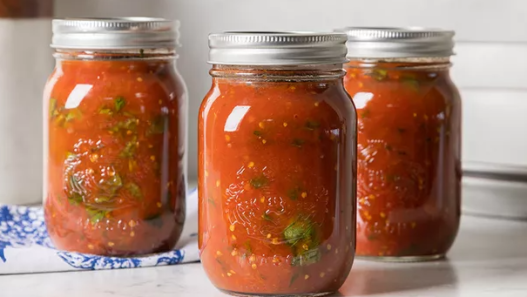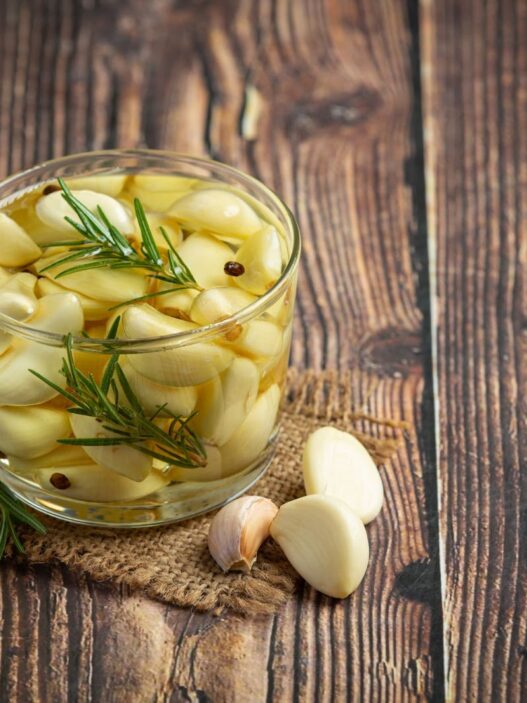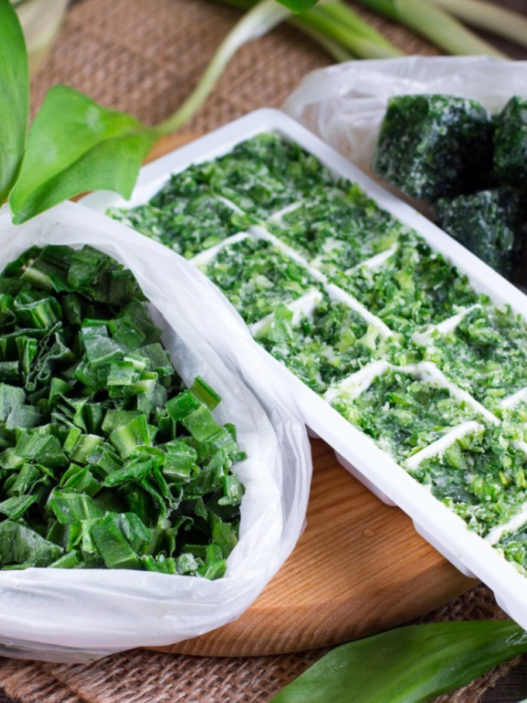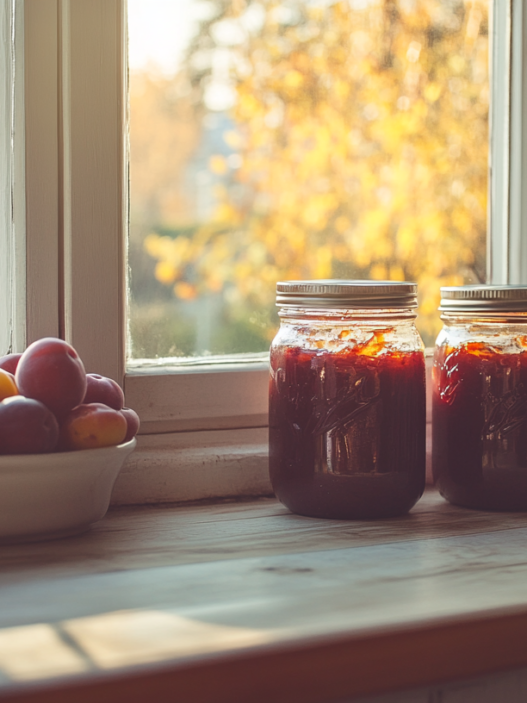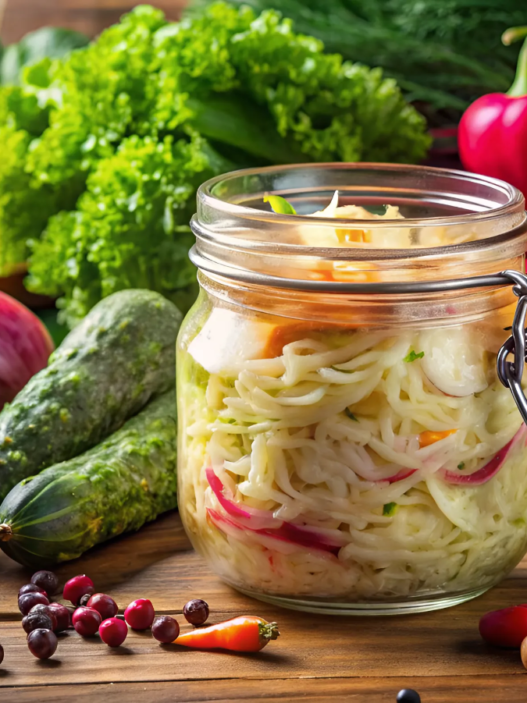Diced tomatoes are uniform-sized pieces, and pressure-canning them is an excellent way to preserve their essence for a long time, but how long does the whole process take?
Having vast experience in preserving my garden’s harvest, I know the exact amount of time it takes to pressure can diced tomatoes. If you’re going for a dial-gauge pressure canner, I recommend setting it at 11 PSI for about 15 minutes at an altitude of up to 2,000 feet.
If you opt for a weighted gauge, adjust the heat and set it at 5 PSI for about 20 minutes at a 1000-foot altitude level. If this level changes, you may need to adjust the processing time accordingly.
Today, I’ll tell you in detail about how long it will take you to pressure-can diced tomatoes to keep them as fresh as ever.
How long does it take to can diced tomatoes?

Out of several different techniques, pressure canning diced tomatoes is highly effective for preserving them in very little time.
The process involves sealing diced tomatoes in jars and then subjecting them to high heat and pressure.
This method is very popular among most people because tomatoes are low in acid, and their pH level is above 4.6, which is ideal for the growth of dangerous bacteria; Clostridium botulinum is one of them!
And you know what? This process is quite time-bound because it directly influences the shelf life of your harvest.
Having said that, there are two types of pressure canners: dial gauge and weighted gauge, both of which play a significant role in determining the processing times.
So, without further ado, let me take you straight into exploring the timeline of pressure-canning diced tomatoes with both of these canners.
1. Dial Gauge Pressure Canner
When you use a dial-gauge pressure canner for both pint-sized and quart-sized jars of diced tomatoes, adjust the heat to set it at 6 PSI for about 20 minutes or 11 PSI for 15 minutes at an altitude of up to 2,000 feet.
For an altitude of 2001 to 4000 feet, you can pressure can at 7 PSI for 20 minutes or 12 PSI for 15 minutes for both jars.
With these little tweaks, your dial-gauge pressure canner makes you a true expert in preserving diced tomatoes to perfection!
2. Weighted Gauge Pressure Canner
If you’re opting for a weighted-gauge pressure canner, you can confidently use it at an altitude level of around 1000 feet at 5 PSI for approximately 20 minutes, 10 PSI for 15 minutes, or 15 PSI for 10 minutes when using pint-sized and quart-sized jars.
For higher altitudes above 1000 feet, you should make slight adjustments. The ideal procedure is to use the canner at 10 PSI for 20 minutes or 15 PSI for 15 minutes for both types of jars.
The guidelines that I’ve mentioned cover the delicate balance between altitude, pressure, and processing duration, which lets you easily do successful pressure-canning of diced tomatoes.
So, go ahead and let your yummy fruits take a dip in the “canner coaster” for a flavorful ride!
Do I need to add lemon juice to pressure-canned tomatoes?
It’s not necessary for you to add lemon juice to all types of pressure-canned tomatoes, but it can definitely serve as an important safety measure.
This citrus fruit contributes natural acidity to the tomatoes, which helps inhibit the growth of botulism-causing bacteria and enhances the overall shelf life of the canned product.
It’s particularly important when you’re canning whole, crushed, or diced tomatoes, as these varieties are more prone to having pH levels that might not be consistently high enough to prevent bacterial growth during storage.
I usually add around 2 tablespoons of lemon juice to each quart jar of tomatoes. For pint jars, I recommend to add about 1 tablespoon.
But hey, what if you find yourself in a lemonless situation? No worries because you can still maintain that necessary acidity in your canned tomatoes using citric acid.
About 1/4 teaspoon of citric acid can be a lemon juice substitute for pint-sized jars, while 1/2 teaspoon works for quart-sized jars. This is how your tomatoes stay safe and sound, even if lemons are playing hard to get!
Do you add water to diced tomatoes when canning?

When you’re pressure-canning diced tomatoes, there’s actually no need to add water to the jars. Their natural moisture content is generally sufficient. So when you heat and seal the jars, the tomatoes release their juices and create a liquid that surrounds the diced pieces. That’s precisely why diced tomatoes make excellent soups.
However, if my tomatoes are very dry or if I want a more diluted consistency in my canned product, I do add a small amount of boiling water to the jars before sealing them.
This helps me to ensure that the diced tomatoes are fully covered in liquid to prevent potential spoilage or drying out during storage. What I get in return is a burst of garden-fresh flavor whenever I pop open a jar, no matter the season.
Should I boil tomatoes before canning?
Yup, whether sliced or diced, you should boil all types of tomatoes before pressure canning because it helps in removing the skins and enhances the overall quality of the final product.
The process involves briefly immersing your tomatoes in boiling water and then simply transferring them to an ice bath for a quick cooling. This causes the skins to loosen, which makes them easier to peel off and leave a smoother texture.
However, boiling tomatoes is totally your personal preference. If you like the skinned texture of your tomatoes, you can skip this part and go straight to canning. No worries!
Diced tomatoes are ready
And that’s about it, guys and girls! Now that you’ve got a grip on how long it takes to pressure-can those amazing diced tomatoes, you’ll find yourself equipped with the know-how to preserve your harvest into flavorful jars of goodness.
Whether you use a dial-gauge or weighted-gauge canner, you are all set to store the natural bounty of your tomatoes into a year-round delight!
